Ear Protection for the Bagpiper, Part 1

Our ears are the most important tool we have when playing the bagpipes.
Many bagpipers never consider hearing protection. When I first started playing in the late 1980s, I didn’t see a single person wearing earplugs of any kind. I just took this as the norm and never thought otherwise. Unfortunately, I now have to deal with ringing in the ears, and after a quick survey of several other players, this is not unusual.
Hearing loss, or damage, is a spectrum of symptoms from no hearing problems to total deafness. These symptoms include difficulty using the telephone, need for increased volume on the TV or radio, pain or pressure in the ears, tinnitus (ringing in the ears), vertigo, and others.
The type of hearing damage most musicians face is called Noise-Induced Hearing Loss. This is caused by sudden high intensity noise, like gunshots, or chronic and repeated noise exposure, like loud music. To understand how this happens we need to look at how hearing works.
Hearing is a mechanical process. Sound is a vibration that produces mechanical waves (pressure and displacement) in a medium. In our case, it’s a pressure (sound) wave propagated though the air. The sound wave is collected by the outer ear and funneled through the auditory canal to the tympanic membrane (ear drum.)
The waves cause the drum to vibrate, moving the bones of the inner ear, transferring the wave to the cochlea. The cochlea contains tiny hairs cells surrounded by fluid. The vibration of the fluid stimulates the hairs which are connected to the auditory nerves and transmits the signals to the brain.
Hearing loss is caused (in part) by overstimulation of the hair cells. This overstimulation damages or destroys the hair cells, which is permanent. The death of the hair cells can also cause scaring, which can hinder the movement of the fluid in the cochlea. It is the physical damage to the hair that causes hearing loss.
The overstimulation is caused by two main factors, how “loud” is the sound, and how long you hear the sound. The “loudness” of a sound is measured in decibels (dBA), which is a representation off the pressure and displacement of the sound wave. The higher the number, the louder the sound. An important point is that a decibel is a logarithmic ratio.
How loud is too loud? The general consensus is 85dBA over 8 hours is the limit. Anything over that is too loud and damage can be done. To give you an idea of what 85dBA is, a whisper is about 20dBA, moderate rainfall is around 50dBA, heavy traffic (like city traffic) is about 78dBA, Vacuum cleaners, blenders and lawn mowers are about 85-90dBA. An individual bagpipe will be around 95-105dBA and a group of 10 bagpipers averages about 125dBA.
It’s easy to think that if you can listen to a vacuum cleaner for 8 hours,
playing the bagpipes for a half hour, or spending 2 hours at band practice should be fine. This is wrong. Since decibels are logarithmic an increase in 10dBA is essentially double the “loudness.” If a vacuum is 85dBA and a bagpipe is 95dBA then the bagpipe is twice as loud as the vacuum.
In the United States the National Institute for Occupational Safety and Health (NIOSH) has come up with some guidelines for sound exposure. NIOSH bases exposure levels, noise dose, on an 8 hour work day, over a 40 year work-life. According to them a 100% noise dose, after which hearing damage might occur, is 85dBA for 8 hours.
In their study NIOSH determined that just a 3dBA increase will cut the exposure time in half. 85dBA will allow you 8 hours to reach a full dose, but 88dB only gives you 4 hours, etc…
Looking at this table you can see that practicing on the bagpipes, on your own, you would get a full noise dose after 15-30 minutes. Playing with a group of 10 bagpipers, for any amount of time, is going to cause damage. This is why hearing protection is important.
Protecting your ears
When selecting hearing protecting it is important to understand how humans hear sounds. The last section discussed a the mechanics of hearing and how damage can occur. Now, we will look at what we hear and the best way to protect it.
We are able to hear due to the sound waves interacting with the ear. The loudness of sound is described in decibels or dBA. Sound waves are the vibration of molecules caused by a change in pressure.
Sound waves are actual waves. The pressure of the sound causes molecules of air to move just like waves in an ocean. The vibration is described as the number of wave crests that pass a given point during a given time. This is called the frequency of the sound. Frequency is measured in hertz (Hz)
What we hear, the pitch, tone, note, etc. depends on the frequency of the wave. Every note or sound has specific frequency. A natural low A as played on a piano is 440 Hz. Bagpipes tune the note low A to about the frequency of 478 Hz. F# above middle C is at 396Hz
The range of sounds, all the frequencies, that humans are able to hear is called the frequency response. The average is in the range of 20 Hz to 20,000 Hz. The sound has to be at a certain decibel (dBA) to be heard. The best way to show this is in a graph called a equal-loudness contour.
The equal-loudness contour is a measure of the sound pressure over a frequency spectrum that a listener will perceive as a constant loudness. The shape of the human ear allows certain sounds to be heard at a lower decibel. This is because of the way sound waves bounce around the inside of the ear canal.
The important thing to take from this graph is that it is easier to hear certain frequencies of sound.
The one sure way to protect your ears is to block all the sound waves from reaching the ear drum. Totally blocking the ear canal will prevent any damage. Unfortunately, this makes it pretty hard to play, or listen to, the bagpipes. What we want to do is prevent damage but at the same time allow us to hear what we are doing. This is where ear plugs come in.
The most basic type of earplug is the standard foam safety earplug. These are designed for overall protection of the ear. They are very good at reducing the overall dBA but they do it in a way that does not match the equal-loudness contour of human ears. This is why everything sounds strange when you wear them. Sounds, or frequencies, that we hear better at lower decibels are blocked the same as all the other frequencies. This just sounds unnatural.
The best ear plug will be the one that most closely matches the equal-loudness contour of the human ear. This is called "flat attenuation." These types of ear plugs are also known as musician’s ear plugs and will outperform standard foam safety earplugs for the piper.
Types of ear plugs
Musicians' ear plugs are designed to match the equal-loudness contour of the human ear. They are designed to protect the ears from the constant barrage of sound waves in a band or orchestral setting, yet allow a wide band of frequencies to be heard. It's worth experimenting with different types to find the set that is right for you.
Alpine Hearing MusicSafe Classic Earplugs - I love these earplugs, but it might just be because I am so familiar with them. The are made of a soft vinyl that fits the ear well. They also come with two sets of filters, little pieces that fit in the end. The silver set reduces the sound by 14-19 dBA. The gold reduces it by 18-22 dBA.
Etymotic Research Earplugs - Etymotic research makes a wide range of musicians earplugs. From an informal Facebook and band survey they seem to be very popular. I have used the ER20 model. They come in 2 different sizes and fit well. The various models have different sound reduction. I prefer the 20dBA version. They have an optional string that connects them so you can hang them around your neck when they are not in. I have lost several pair of earplugs so this feature is very nice.
Vic Firth High Fidelity Earplugs - I have not personally tried these, but from talking with other players these are very similar to the Etymotic Reaseach plugs. This is probably because the were “Developed in conjunction with Etymotic,” according to their website. They have 20 dBA sound reduction and have a cord, just like the Etymotic ER20s. Several people have said that they have better clarity than the ER20s.
Reverbs High Fidelity Earplugs - I just started using these plugs. They are very similar to the Etymotic ER20s. I find the plastic a little stiffer than the ER20s and they tend to make my ears itch. The set I bought came with two pair, one with 20 dBA reduction and one with 28 dBA. I find that when I’m standing in the circle right next to the drums having the 28 dBA plug in the ear facing the drums, and the 20 dBA on the other side works well. They also come with a cord.
EarPeace Earplugs - I have not tried these but I have heard really good things about them. The pair I handled seemed to be similar to the Alpine Hearing set. The plastic is soft and is reported to be very comfortable. They normally come with two sets of filters, Medium 14-19 dBA reduction and High with 16-21 dBA reduction.
Flair Audio - This is the newest set that I have tried. They use a different type of sound reduction. Made from milled aluminum or Titanium with a small amount of foam they actually completely block all sound (sound waves). What happens is that the metal vibrates in connection to the sound waves and this vibration is transferred into the bones of your head. The bone vibration allows you to “Hear” the sounds. They take a bit of getting used to, but work well. The only thing I have found is that I have to take one out so I can tune.
Professional Musicians Earplugs - This is really a category of earplugs, not a specific brand. To get these you need to see a Doctor or an Audiologist. The audiologist will take a mold of your ear canal and use this to create an an earplug that fits perfectly in your ear. They come in many different styles and strengths but the best ones will have replaceable filters. These will allow you to select the amount of dBA reduction you would like. Everyone that I have talked to who use this style find them the most comfortable.

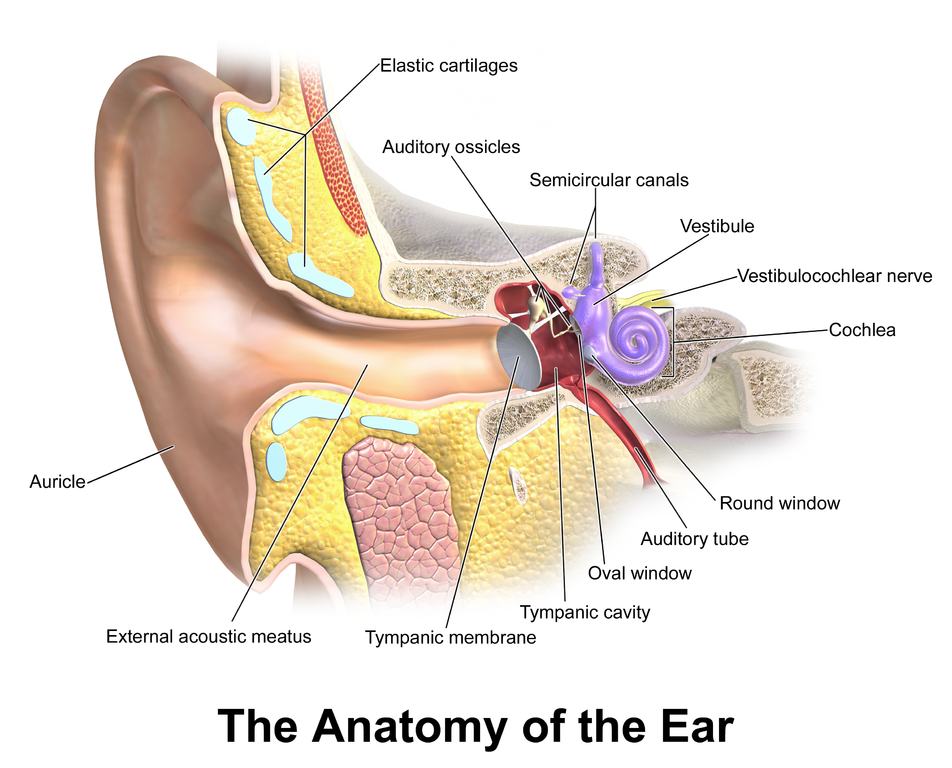
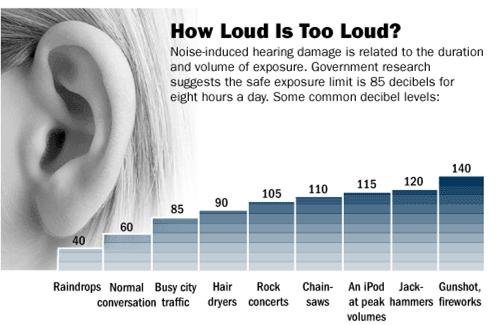

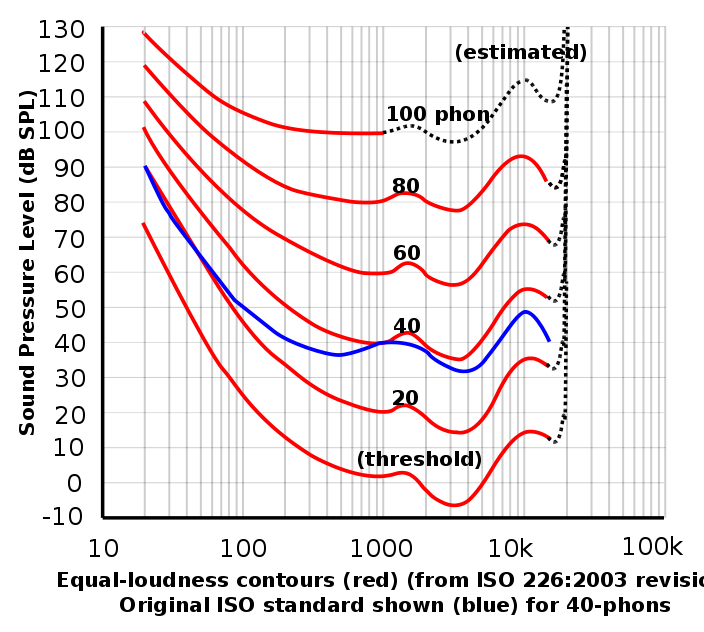



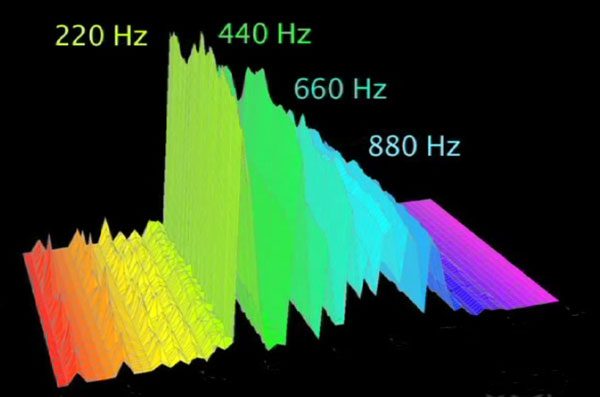
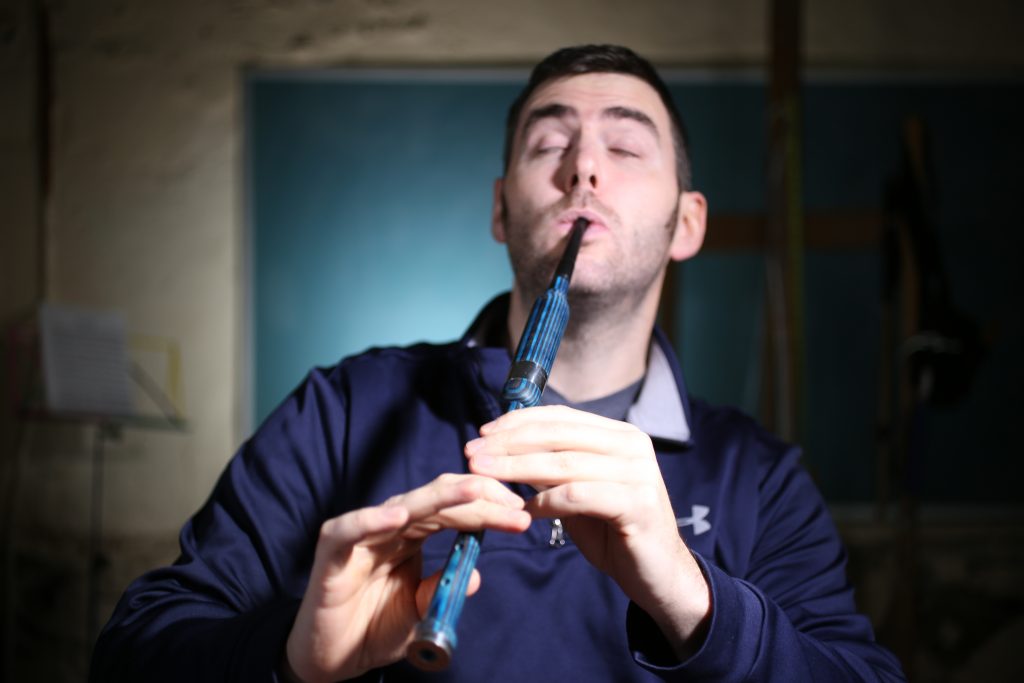
Responses